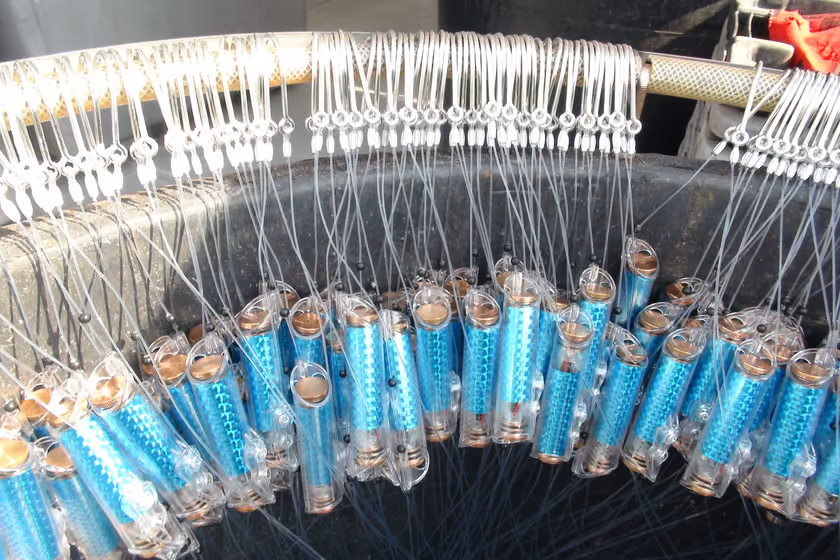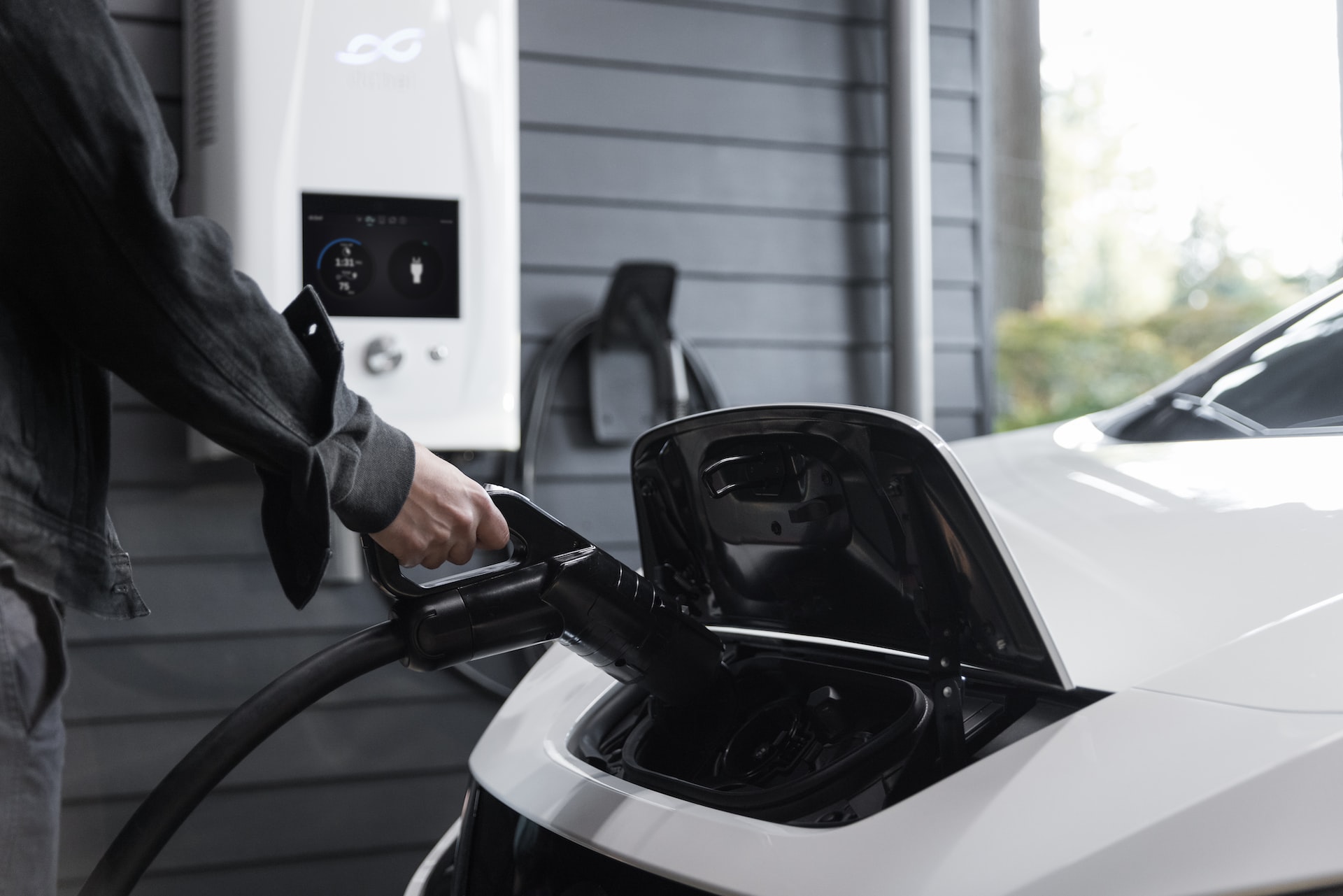The media has made much over the years of the “sieve” they call the airport security system. How much greater then is the problem at the world’s shipping ports?
At the 2014 IEEE/RSJ International Conference on Intelligent Robots & Systems (IROS), a wide range of robotics topics were presented and discussed in dozens on forums on topics from robot manipulation and grasping to medical robots and systems and more.
One of the more interesting presentations was on a football-sized underwater robot to be deployed underwater to improve port security. In the US, the largest importer in the world, thousands of ships arrive daily with tons of new cargo packed inside.
The ships act like large black boxes and serve as the most suitable delivery method for illegal items smuggled through international waters to criminal elements inside the country. Robots have been used for port security for years to check for drugs in ships and other paraphernalia but, according to industry watchers, current robots are too large and expensive and don’t do very well with smaller ships and boats.
The Remotely Operated Underwater Vehicle (ROV)
Researchers at a variety of research institutes, universities, and companies, including Liquid Robots and Electronics USSI, are working to develop underwater robots for defending ports, coastlines and for gathering intelligence for military, civilian, and homeland security missions. USSI, for example, develops sonar, electronic and acoustic anti-submarine systems and has expanded to other underwater systems that can be adapted for a variety of uses.
Cost-Effectively Monitoring Ports
Sampriti Bhattacharyy, a graduate student in mechanical engineering at MIT, who contributed to the IROS conference presentation, describes the new ROV as a football sized robot that can scan the holds of ships seeking concealed contraband.
The device houses electronics in one half of the “football” shape while the other half is semi-submersible and contains an extremely quiet propeller. The new robot can move at 0.5 to 1 m/s and has an undetectable wake. The battery currently provides a 40 minute period for operation.
The new device was originally designed to check for cracks in nuclear reactors and large tanks using a ultrasound scanning technology.
Related articles on IndustryTap:
- Swarm Robotics Mimicking Human Behavior
- Rapid Prototyping & Testing Autonomous Robot “Mental Models”
- Military Develops Drone Boats Capable of In-Sync, Automated Assaults
- Innovation Clusters Spark Knowledge, Create New Industries
- High Priests of Technology Now Touting Biological and Bionic Interdependence
- Robots and the Future of Human Work
- Hacker Turns Hijacked Drones into “Zombies”
- Solid-State Laser Could Be the End of Guided Missiles and Artillery
- Denver Airport 2nd Largest In The World, Twice the Size of Manhattan
- Underwater Robots To Help Coral Reefs Recover
Reference and related links:






